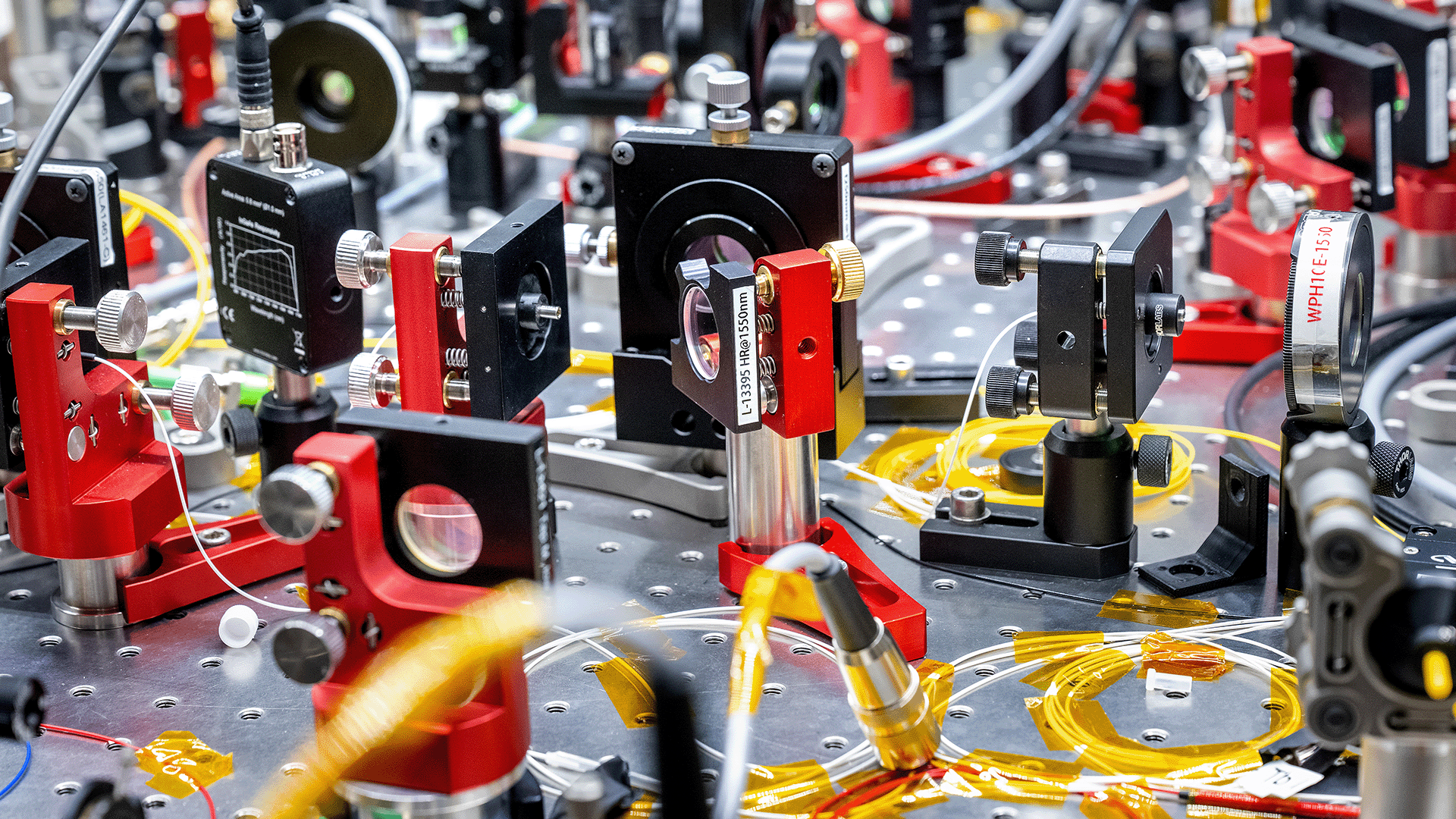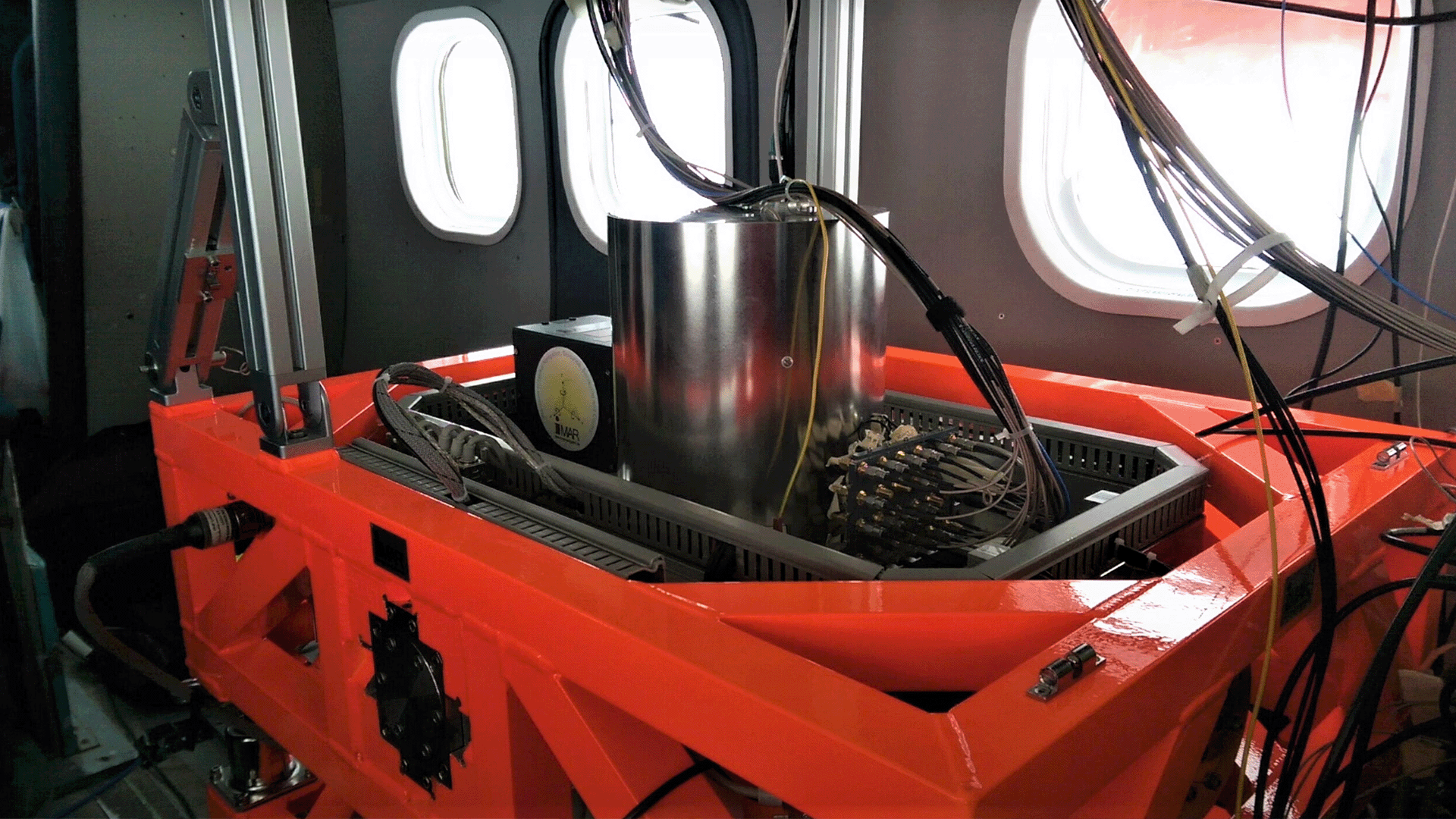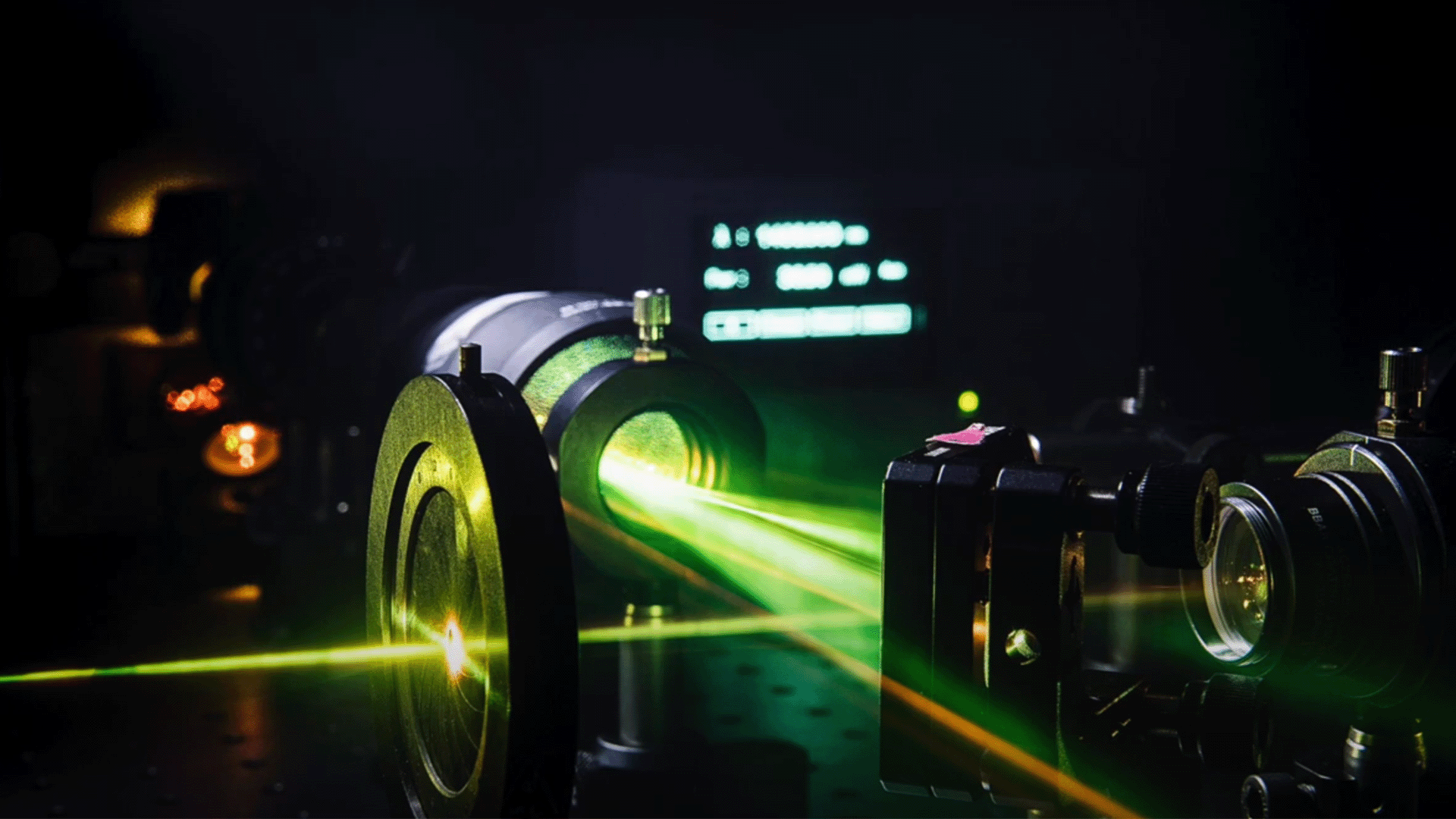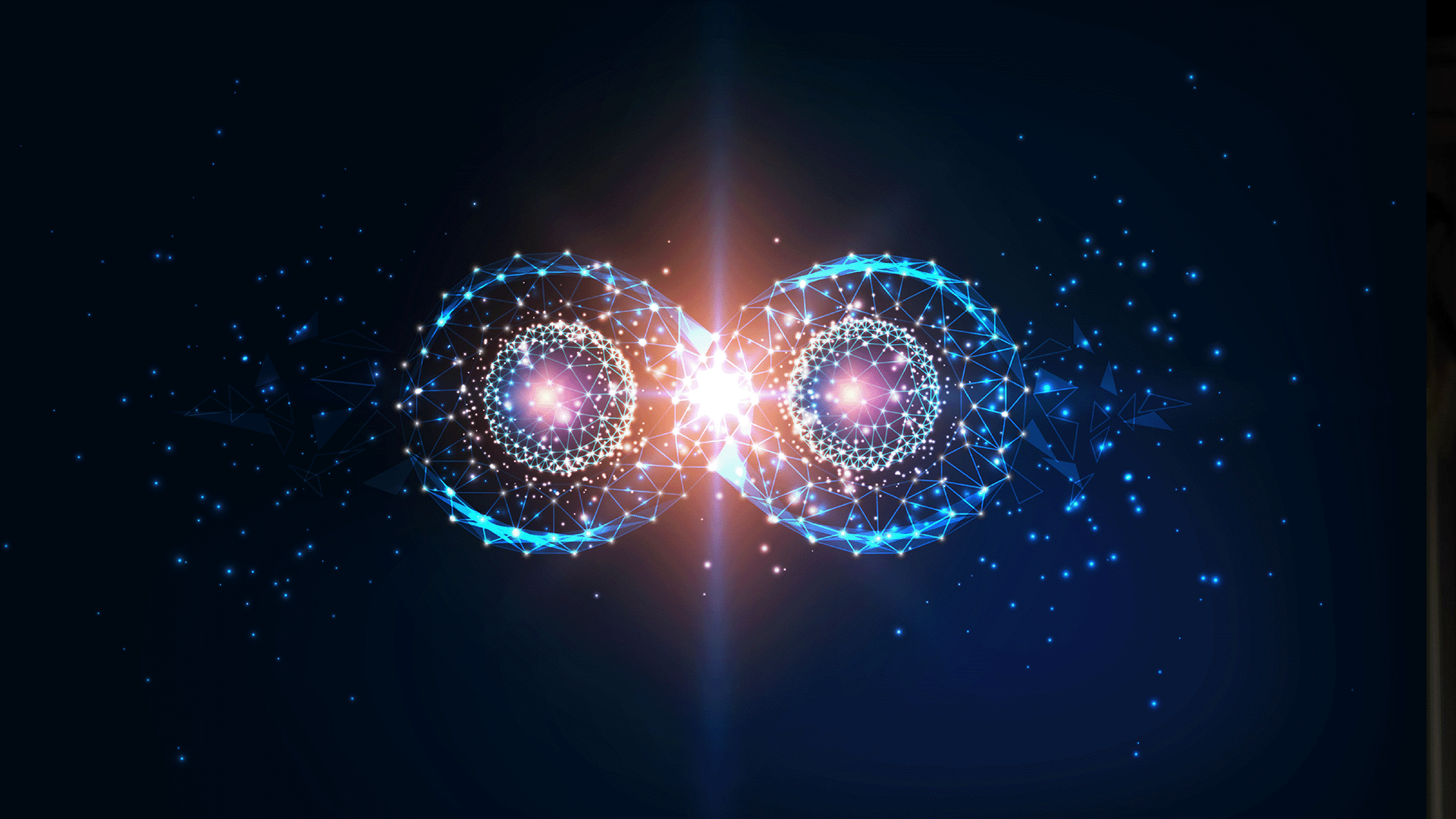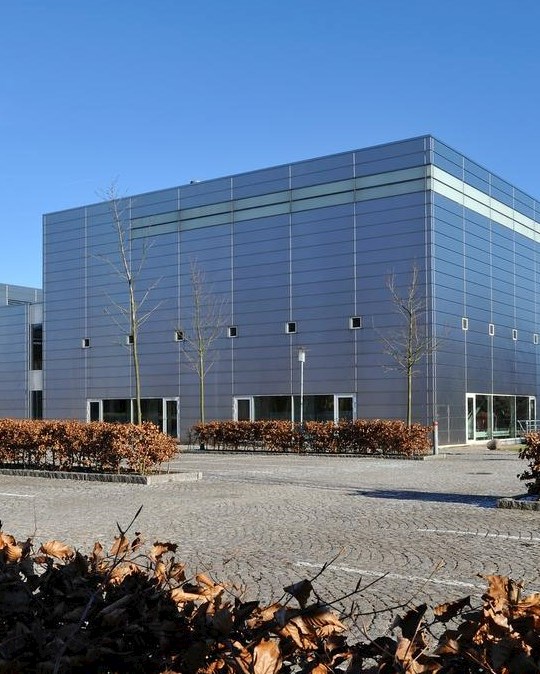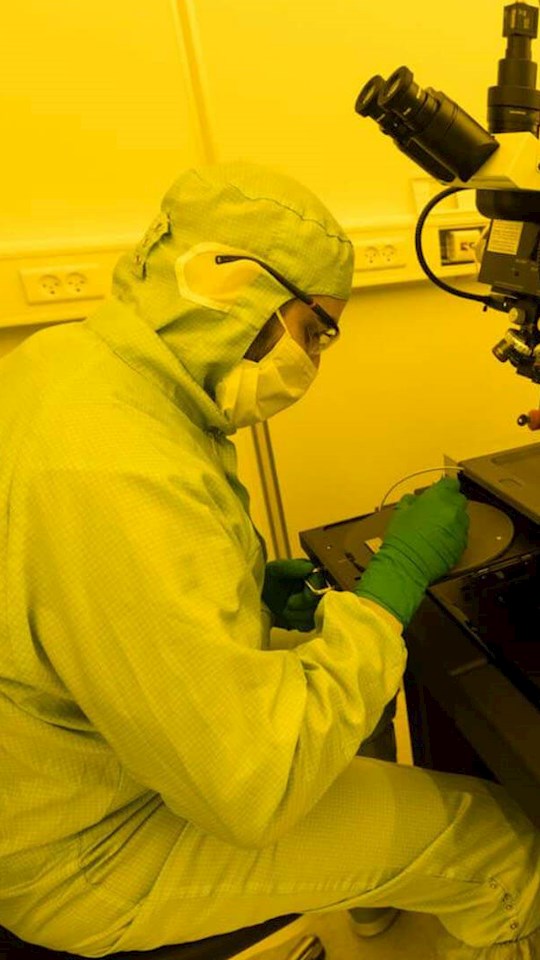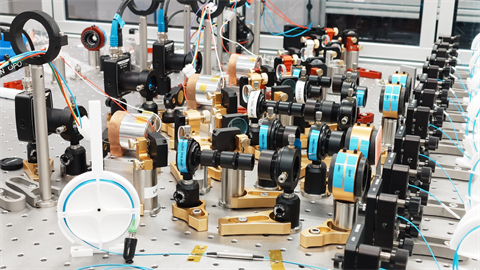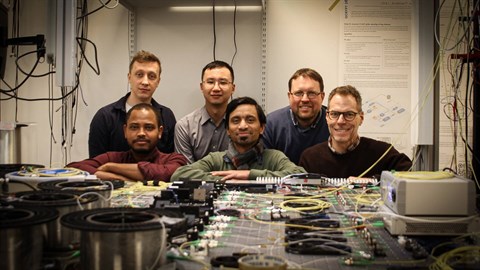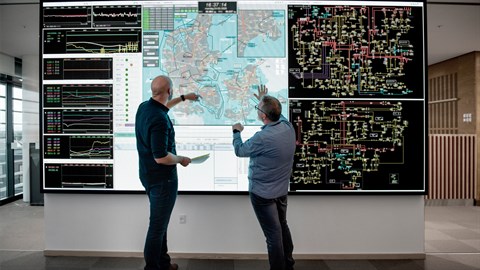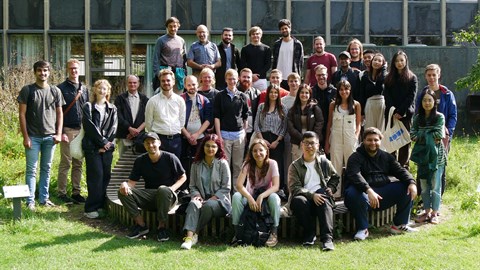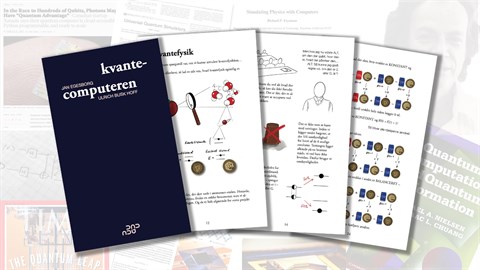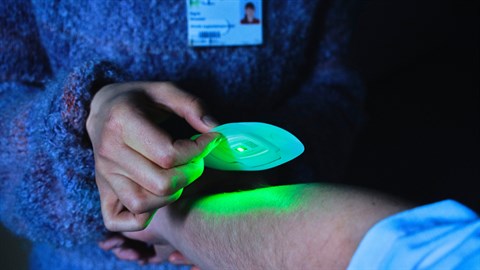Quantum technology
When we think of quantum technology, many of us immediately envision the quantum computer. However, quantum sensors and quantum communication hold just as much potential, and the entire development within quantum technology could radically change our world.
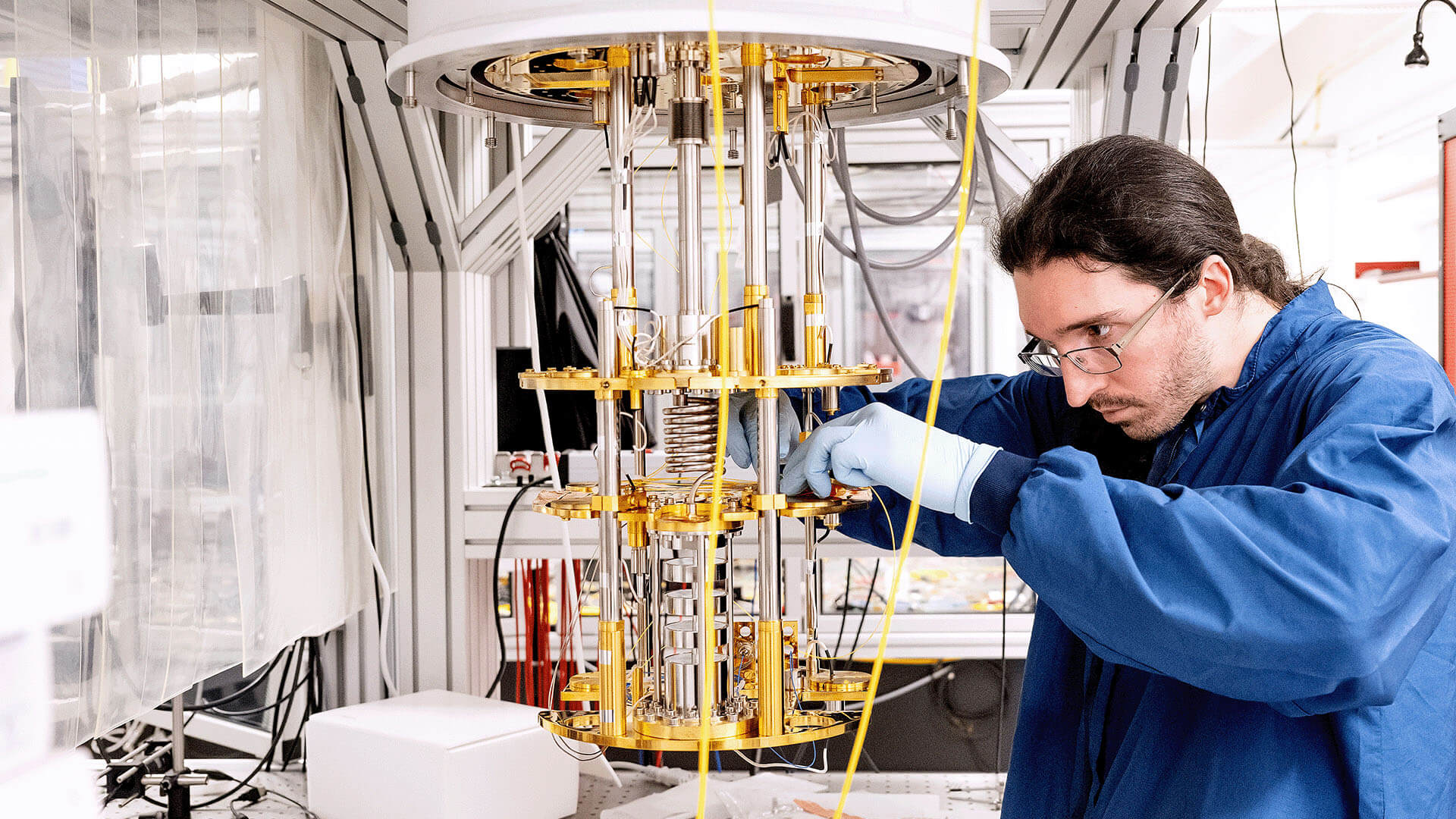
The applications of quantum technology are still so new that scientists cannot predict precisely which areas will be most impactful. However, here are three possibilities that many researchers believe in:
- Quantum computers could make a significant difference in solving computation problems within logistics, finance, and medicine, for example.
- The ultra-sensitive properties of quantum sensors could be in high demand, especially for medical purposes and in the military.
- Quantum communication and encryption offer promising data security solutions relevant to all aspects of society.
Although we have known about quantum mechanics since Niels Bohr and other scientists made their groundbreaking discoveries in the 1920s, it is only in recent decades that development has accelerated. We have now come to a point where we can control and manipulate certain quantum physical properties and use them in actual technologies. At this point, Denmark, and particularly the Copenhagen area, is among the world's leaders.
The awareness of the many applications of quantum technology is increasing not only among researchers but in society as a whole. Both Danish companies and public institutions are approaching the quantum-ready stage, actively working to exploit the possibilities of quantum technology, supported by research from DTU.
